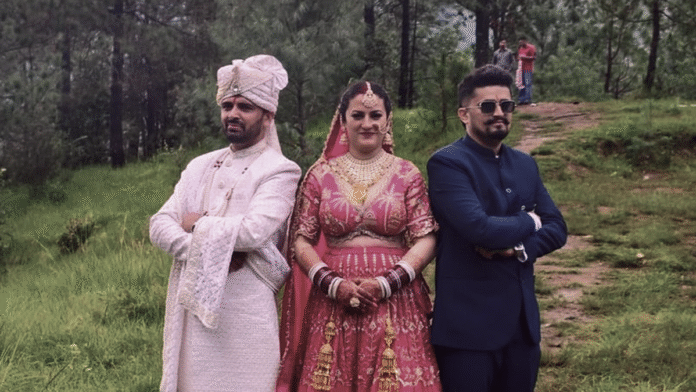While polygamy (one man with multiple wives) is more commonly associated with tribal or traditional practices in India, some communities — including Hattee — were also historically known for polyandry (one woman with multiple husbands) in specific cases.
Here’s a detailed and contextual explanation of age-old Hattee polyandry:
The Hattee Community and Polyandry: A Rare Cultural Practice
The Hattee community, indigenous to the Trans-Giri region of Sirmaur in Himachal Pradesh, shares deep cultural and ancestral ties with the Jaunsari tribe of Uttarakhand — a community known historically for polyandry. Among the Hattee, while polygamy was more widely practiced and socially accepted, polyandry also existed in certain families and regions, particularly under economic or land-related constraints.
What is Polyandry?
Polyandry is a marital arrangement where one woman has multiple husbands — often brothers — living as a single family unit. This form is known as fraternal polyandry.
Origins of Hattee Polyandry
1. Influence of Jaunsari Culture
- The Hattee community has long-standing cultural ties with the Jaunsaris of Jaunsar-Bawar, where polyandry was a well-accepted norm, especially in hilly terrains.
- Due to shared customs, dialect, and inter-community interaction, the Hattee may have adopted similar practices in specific areas.
2. Land Preservation
- In mountainous areas, land is scarce and difficult to divide.
- Polyandry helped preserve family land and avoid its fragmentation across generations, as brothers would marry a single woman and live in a joint family system.
How It Worked in Hattee Households
- One woman would marry two or more brothers.
- The children were accepted as part of the family regardless of which brother was the biological father.
- The practice minimized family disputes and helped in shared labor and resource management.
Decline of Polyandry in the Hattee Society
- Hindu Marriage Act (1955) prohibits polygamy and polyandry alike.
- With modern education, urban exposure, and changing moral views, polyandry became increasingly rare and socially unacceptable.
- Migration to cities and the rise of nuclear families disrupted the need for joint fraternal marriages.
- Today, polyandry among the Hattee is nearly extinct, surviving only in oral traditions or folklore.
- It is mostly referenced in historical or anthropological records.
- The new generations largely view it as a relic of the past, though it remains an important part of understanding the community’s social evolution.
The Hattee community’s age-old practice of polyandry — though no longer common — provides a fascinating glimpse into how indigenous societies developed unique marital systems to cope with harsh terrains, scarce resources, and inheritance challenges. As India modernizes, many such traditions have faded, but their historical value remains immense. Would you like this formatted into a blog post, web story, or a cultural research piece? Let me know!
